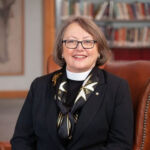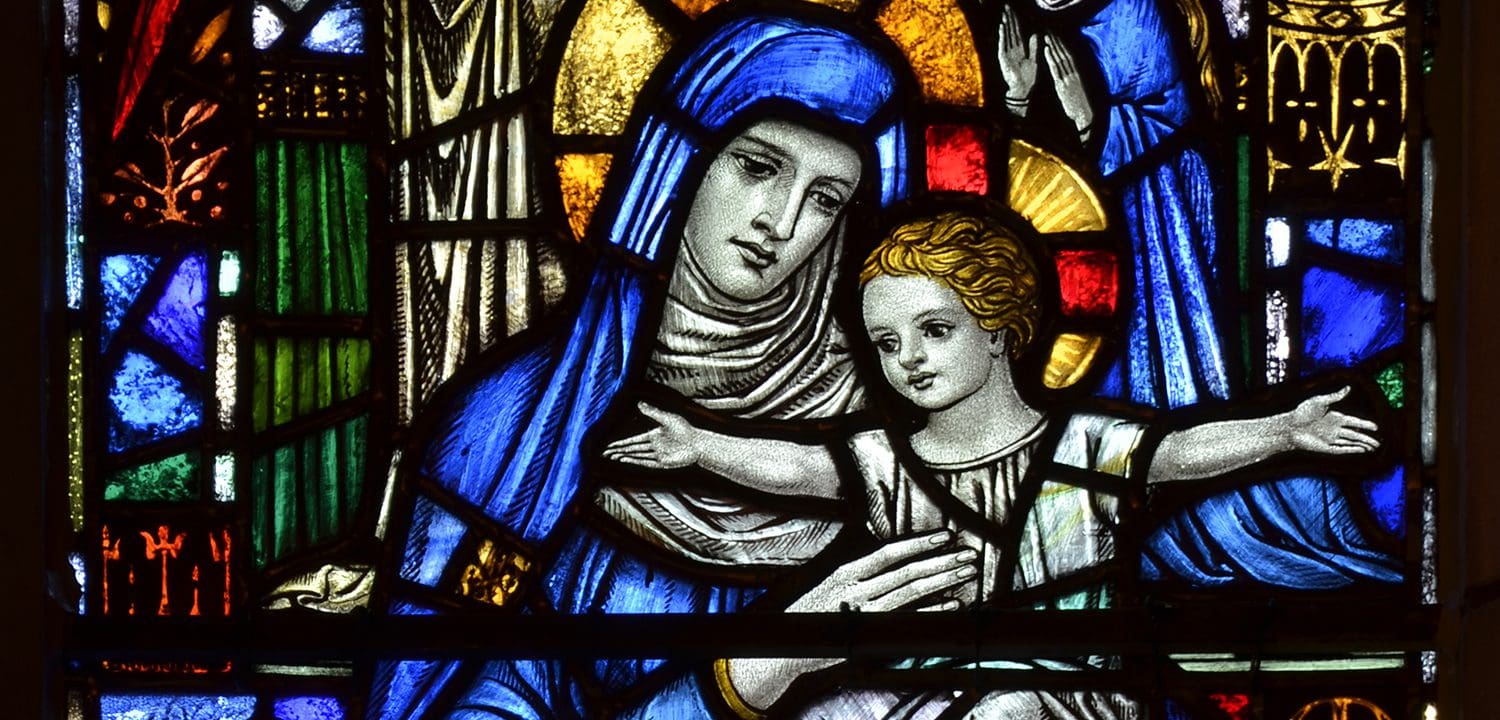Array
(
[0] => 60757
)
book: [Array
(
[0] => 60757
)
] (reading_id: 153417)bbook_id: 60757
The bbook_id [60757] is already in the array.
No update needed for sermon_bbooks.
audio_file: 425760

In the coming weeks schools and colleges will return to their usual routine. Our Choir stalls will be filled once again. Blessings of backpacks and indeed new students will mark the rhythm of a new school year, a rhythm filled with tradition, music, creativity, new opportunities and song.
Across the land and beyond, it won’t be long until preparations are made for fall festivals, such as Thanksgiving, and of course, in many parishes and schools the world over there will be a ‘great reveal’ as nativity or creche plays are cast, and the most anticipated question for many a child will be, Who will play Mary this year?
Mary, as we recognized on Friday and too acknowledge today, isn’t a meek and mild Christmas character, rather someone who is strong and faithful, someone whose witness is pivotal in the life of the living church. To some she is Queen of heaven, Star of the sea, Mother of God. There is a whole list of names, which have prompted Mariological debates, alongside images that signify comfort and support, intercession or hope, while for others her story, her song may seem unreal and quite literally seen on a pedestal, removed from our lives or to be dismissed altogether.
I grew up in a very evangelical Anglican parish where Mary was simply a historical character in a story, whose song we borrowed each week for Evensong.
As a child I found stories of apparitions, visions and miracles both fascinating and confusing, and the portrayed commercialism of shrines with their artificial flashing Madonnas and glow-in-the-dark rosaries, as well as places of protest as places to be dismissed.
It wasn’t until this time around 40 years ago that this all changed as I left home for College, St Mary’s University College, Twickenham, London. Here I discovered in prayer and pilgrimage, in song and the witness of others that Mary was, and indeed still is for me, no distant figure but the bearer of the Incarnate Word, the word made flesh. Mary, Theotokos (Θεοτόκου) whose very life continues to bear and constantly points to Jesus, both in her life and in her song.
Mary the mother of Jesus who bore him from the cradle to the grave and beyond. Mary his mother, who sought him, found him, told others to listen to him, beheld and held him with tenderness and open arms in life, and in death as he was taken down from the cross. The same Mary who too opens up soul and her arms to us.
And so, on her feast day,
What might Mary, her life and her song mean for us all today?
For a start, Mary’s song her Magnificat does not depict a meek or mild character as we see in many a creche scene.
As we heard in our Gospel reading, her song is one of celebration. As Mary and Elizabeth celebrate their good news, as one who is pregnant far sooner and the other far later than expected, Mary ‘tells out her soul’, and Elizabeth experiences the leap of life within her.
Mary’s song too echoes themes of abundant life from Hebrew scripture found in Hannah’s Song in 1 Samuel. Mary bursts with joy and gratitude for God’s favor in calling her to bear Jesus, the Incarnate God in whom she acknowledges God’s greatness, holiness, and mercy.
This eternal canticle also screams revolution. A song so radical that it is in fact banned from being sung in public in some countries. As we hear echoed throughout Luke’s Gospel, Jesus will disrupt the whole social order. The poor in spirit will have the kingdom of heaven, and the gentle will inherit the earth. The hungry and those who mourn will be comforted.
But who is this Jesus, this Incarnate Word for?
The outcast, the poor, and powerless, the sick and the lonely. For you and for me.
This song of Mary too is a prayer for the Church, not only at Evensong, (which I do love), rather it reminds believers to reflect on God’s actions in their lives and to respond with humility and praise and ponder the offer of God’s Grace extended to all humanity.
St. Ambrose once said, “Let Mary’s soul be in us to glorify the Lord; let her Spirit be in us that we may rejoice in God our Savior.” How might we unite with her ‘fiat’, by saying our, ‘Yes’ to God in order to bring the Word of God into the world? How might we like Mary magnify the Lord, tell out our story and our song in this place?
As we heard on Friday and again in the Rector’s Chronicles this weekend, everything we say about Mary must say something about her son, the Incarnate Word. Quoting Archbishop Michael Ramsey, he went on to say,
Mary’s call by God is, of course at the heart of the Christmas Story and is probably the first and most important reason why we venerate her….. Mary gives us a pattern of Christian Living which echoes our own calling and our own journey with God.
He continued writing that this pattern of living is one that many of us may well recognize in our own pilgrimage of faith:
Our sense of calling by God – Who am I? – What does God want me to become?
Our sense of journeying with God – through hard times as well as good
Our sense of wonder as glimpsing the glory of God – those moments when we can touch and fell God’s presence and are filled with his Spirit.
Our hope for a share in God’s glory – so that not even the fear of death can prevent us from living in joyful expectation.
As well as our call for justice in lifting up the poor, reaching to those who are hungry, in need, or put down by the powers of this world.
As so as we leave Saint Thomas this week, I invite you to ponder,
How might we like Mary bear her son to the world, and in so doing, tell out our soul and our song, to the glory of God the Father?


